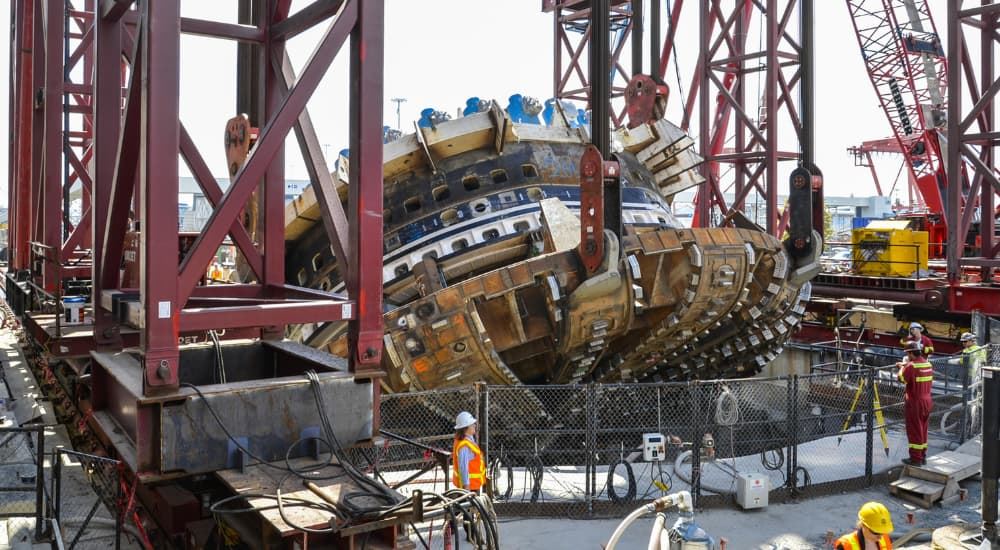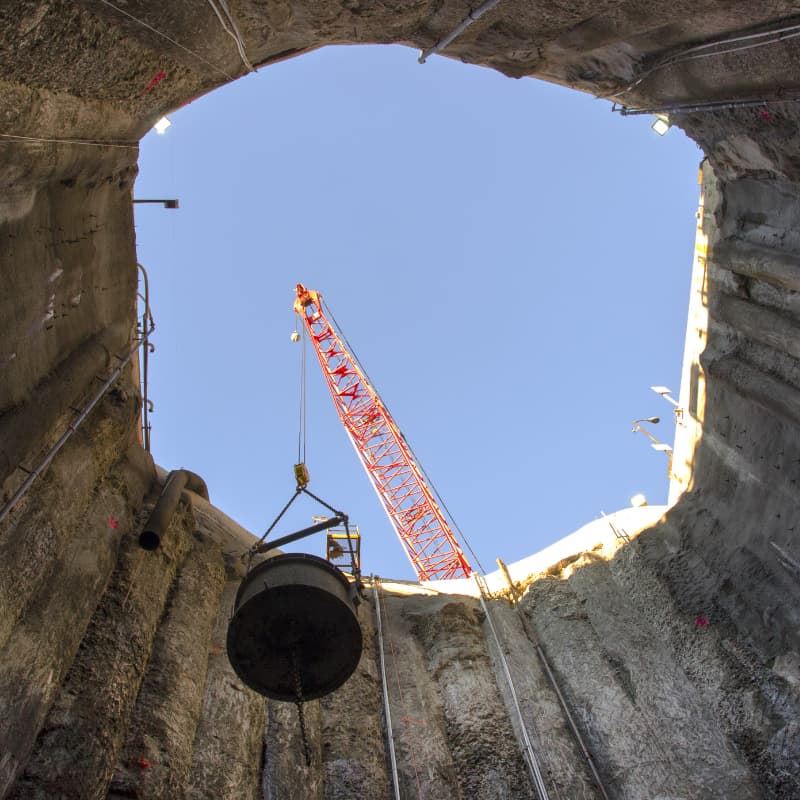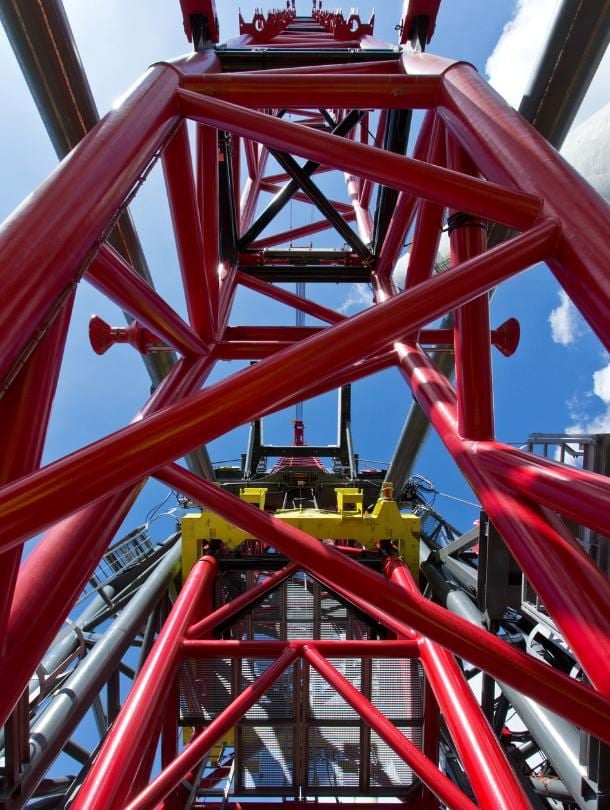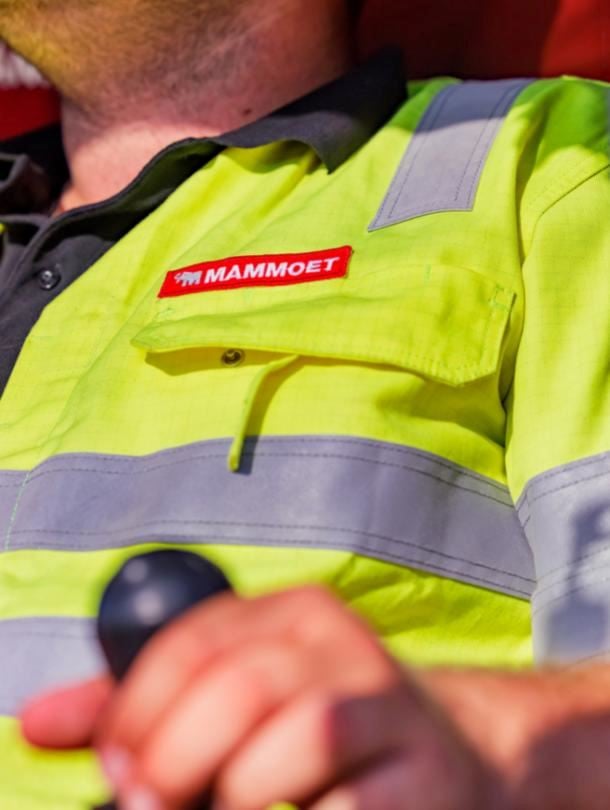Minimizing disruption when moving tunneling equipment
Tunnel boring machine transport projects often occur in busy, congested cities, where it can be challenging to limit disruption to local people, businesses and services. The best route to site must be found for these huge machines - as cities become an increasingly complex web of cabling, pipework, metro, road and rail.
Work must be planned months or even years ahead to avoid project delays, protect critical underground infrastructure, and avoid penalties. Where custom lowering structures are required, they must occupy the smallest possible footprint for the shortest time, so that city life can continue around them.


Planning keeps tunnel boring machine projects on schedule
If a tunnel boring machine transport needs to pass through congested streets, reducing the number of stakeholders and handovers limits overall disruption, delays and cost.
We find the simplest route, arranging all permits, closures, outages and route modifications, adapting or reinforcing the surface to meet load capacity.
Our engineers assess the site and plan a lifting strategy that puts the TBM into the ground in the fewest possible maneuvers within the space available, reducing the footprint of the lift by using custom gantry systems.
This shrinks the space that must be set aside for the project, ultimately lowering disruption for city residents.
Bringing tunneling machines to site sooner and safer
Tunnel boring machine transports start with their load-in via the nearest dock or port, which is followed by transportation to the project site, usually via SPMT.
Our engineers survey the transport route for potential obstructions using technologies such as LIDAR, reinforcing or building new structures if the load cannot be supported by existing infrastructure.
Each TBM piece is lifted and lowered into the ground via a custom-designed gantry and skid system, with strand jacks bearing the weight of the machine as it descends. Smaller loads are lowered via mobile or crawler cranes.


